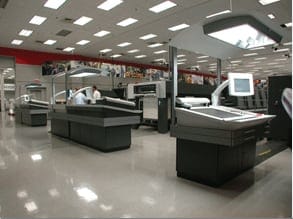Offset printing remains a cost-effective solution for high-volume printing due to its unique combination of efficiency, quality, and versatility. This printing method, which uses plates to transfer ink onto a rubber blanket and then onto the printing surface, is renowned for its ability to produce consistent and high-quality results. One of the primary reasons offset printing is so economical for large print runs is its setup process. While the initial setup of plates and presses can be time-consuming and costly, this cost is spread over the thousands or even millions of copies produced. Once the press is up and running, the cost per unit decreases significantly, making it highly economical for large volumes. Moreover, offset printing offers exceptional print quality, particularly for projects requiring fine detail and color accuracy. The process uses a wide range of inks and paper types, which ensures vibrant colors and sharp images. The precision of offset printing is ideal for producing high-resolution images and fine text, making it a preferred choice for producing high-quality brochures, magazines, books, and promotional materials. The consistency of the print quality is maintained throughout the entire print run, which is crucial for maintaining brand integrity and delivering professional results.

Another advantage of offset printing is its ability to handle various paper stocks and finishes, providing versatility that contributes to its cost-effectiveness. Whether the job requires glossy, matte, or textured paper, offset presses can accommodate a wide range of materials, allowing businesses to select the most appropriate substrate for their needs without compromising on quality. This adaptability extends to custom sizes and formats, enabling offset printing to meet diverse project specifications efficiently. Furthermore, the efficiency of offset presses is a significant factor in their cost-effectiveness. Modern offset presses are designed for high-speed operation, which means that large quantities of prints can be produced in a shorter amount of time compared to other printing methods. This high-speed production capability not only reduces labor costs but also accelerates project turnaround times, which is particularly advantageous for businesses with tight deadlines or large-scale projects.
The offset printing nyc also benefits from advancements in technology that enhance its cost-effectiveness. Innovations such as digital plate-making and automated press controls have streamlined the printing process, reducing waste and improving precision. These technological improvements have further lowered production costs and improved efficiency, making offset printing an even more attractive option for high-volume projects. In conclusion, offset printing remains a cost-effective solution for high-volume printing due to its initial setup cost being offset by the large number of copies produced, its high-quality and consistent results, its versatility with different paper stocks and finishes, and its efficiency in production. The continuous advancements in technology further enhance its economic benefits, ensuring that offset printing remains a preferred choice for businesses and organizations looking to produce large quantities of high-quality printed materials at a reasonable cost.


